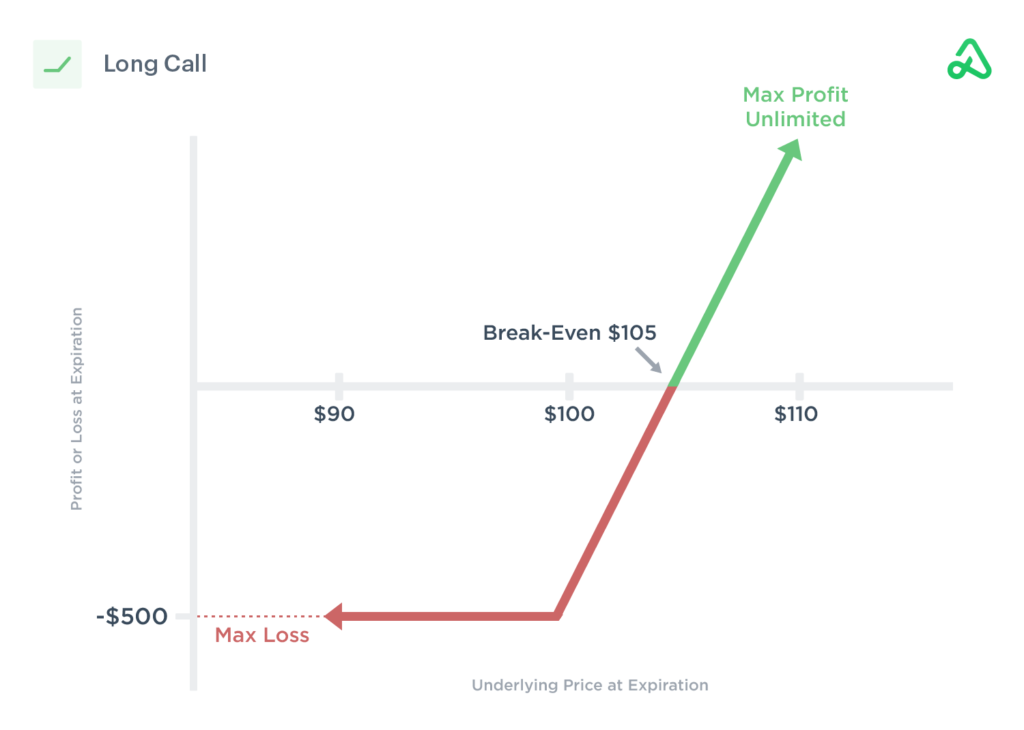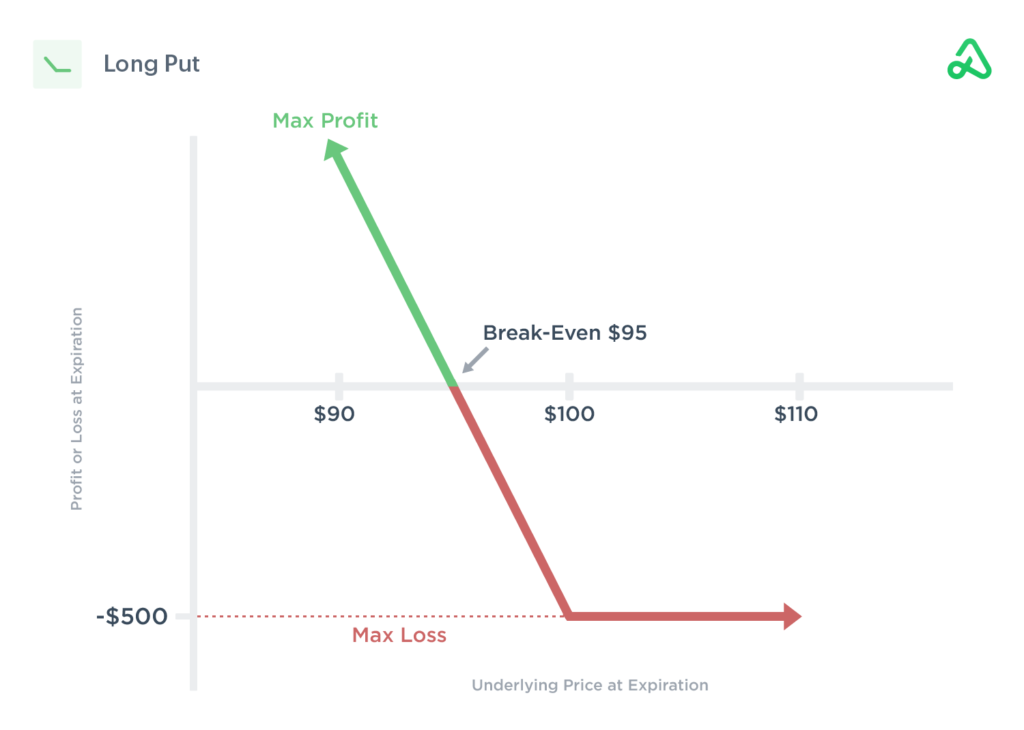Understanding various aspects of trading is fundamental for both novice and seasoned traders. In the realm of options trading, a particular concept is significant – the notion of the point of balance between costs and gains. It refers to a specific price that an underlying asset must reach for an option buyer to avoid a loss. While the term break-even price could be used to describe this concept, for this article, we’ll refer to it as “the balancing point.”
For call options, the balancing point is determined by adding the premium to the strike price. The premium represents the price paid for the option, while the strike price is the predetermined price at which the asset can be bought. Thus, this balancing point reflects the total cost of executing the call option.

For put options, on the other hand, the balancing point is found by subtracting the premium from the strike price. The strike price, in this case, is the predetermined price at which the asset can be sold. Here, the balancing point indicates the net return from exercising the put option.

The balancing point is a fundamental aspect of the decision-making process for investors. It helps in outlining the potential risks and returns of an options contract, enabling traders to identify what price the underlying asset needs to reach at expiration to cover their initial investment. This knowledge, in turn, aids in strategizing and risk management.
It’s also worth noting the impact of volatility on options trading. While volatility doesn’t alter the calculation of the balancing point, it certainly influences the premiums, thereby indirectly affecting the point of balance. High volatility often results in higher premiums, which, in turn, influence the balancing point, potentially increasing the level of risk.
Transaction fees also play a role in options trading. Although these costs are not included in the basic calculation of the balancing point, they should not be overlooked. These fees can add to the overall cost of the trade, indirectly raising the point of balance.
What Happens When an Option Hits Breakeven?
When an option reaches its equilibrium point, the trader neither wins nor loses money on the transaction. In essence, they make back the full premium sum paid or received for the options trade. At expiration, the trader begins to receive a profit if the price of the underlying asset rises above this level.
What Happens When an Option does not Hit Breakeven?
In the case of a call option, if the market price of the underlying asset is below the break-even point at expiration, the option is considered “out of the money.” Essentially, this means that the strike price is above the market price. If you choose to exercise the option, you’d be buying the asset at a higher price than its current market value, resulting in a loss. Most traders would simply let the option expire worthless in this situation, losing only the premium paid.
For a put option, if the market price of the underlying asset is above the break-even point at expiration, the option is also considered “out of the money.” The strike price is lower than the market price in this case. Exercising the option means you would sell the asset at a lower price than its market value, which is not ideal. Similarly, most traders would choose to let the option expire and absorb the loss of the premium.
In both cases, even if the options are not exercised, the premium paid for the option would still be lost. That’s why the break-even point is so important in options trading – it’s the point where the losses from the premium are recouped, and potential profit starts.
Final Thoughts
Irrespective of the crypto exchange, understanding the equilibrium price for options strategies is crucial for managing risk and profitability in trading. It allows traders to determine the points of no profit or loss and plan their trades accordingly. It’s essential to remember that factors like the time until expiration and volatility can impact the price of an option, hence affecting the price. Therefore, traders should monitor these variables and adjust their strategies as needed.
FAQ
How is the break-even price calculated for put options?
For a put option, it is calculated by subtracting the premium from the strike price. So, the formula for a put option is: Break-Even Price = Strike Price – Premium.
How does volatility affect the break-even price?
Higher volatility typically leads to higher premiums, which then increases the break-even price, making the trade potentially more risky.
Does the break-even price include transaction fees?
No. However, it is crucial for traders to consider these costs in their overall trading strategy. Transaction fees can add to the overall cost of the trade, thereby raising the real break-even price.
Can the break-even price change after purchasing an options contract?
No, It is determined by the strike price and the premium paid at the time of purchase. However, the market price of the underlying asset will fluctuate, impacting whether the option will reach or surpass its break-even price by expiration.

